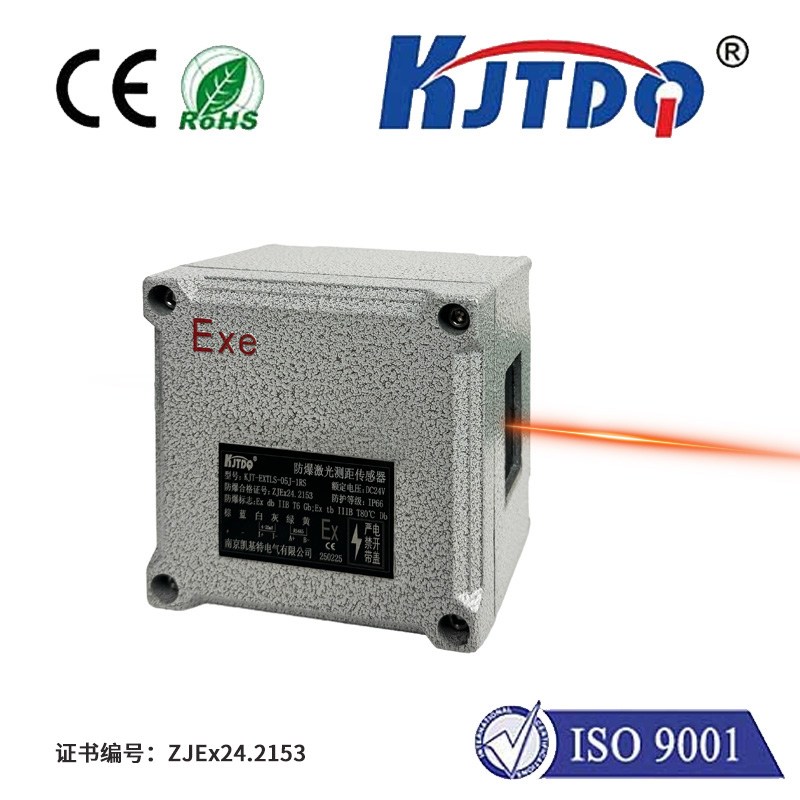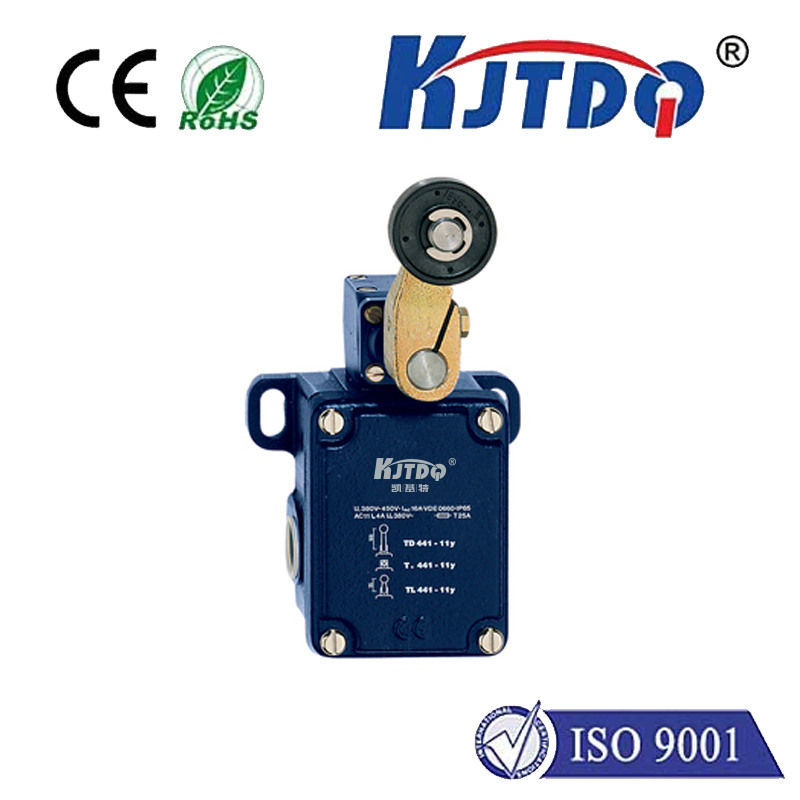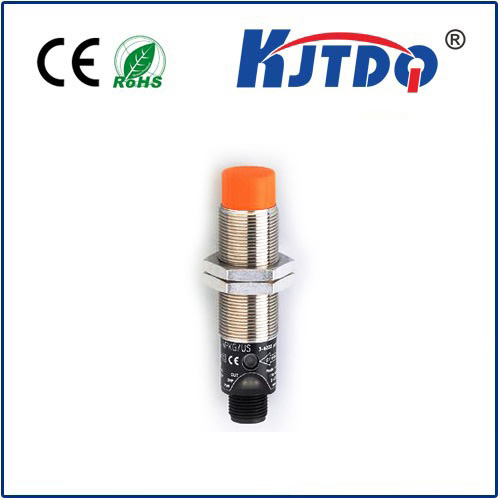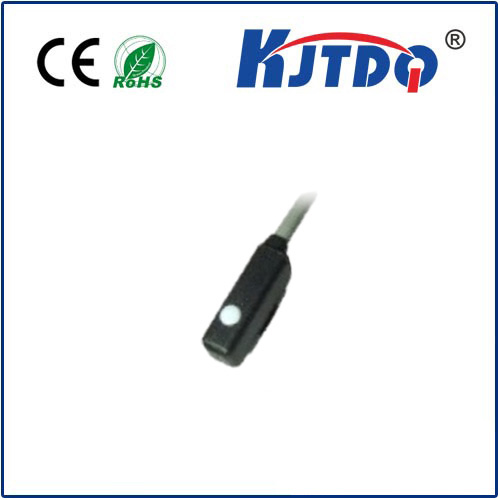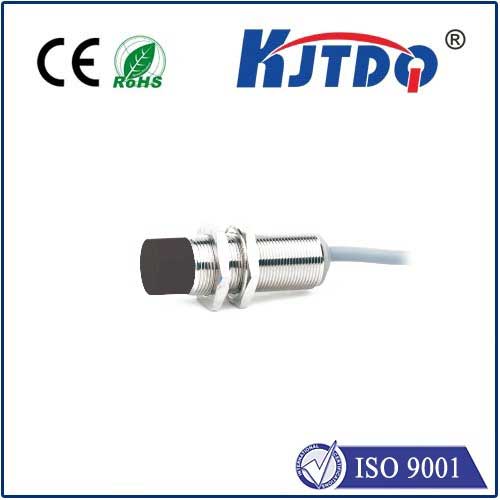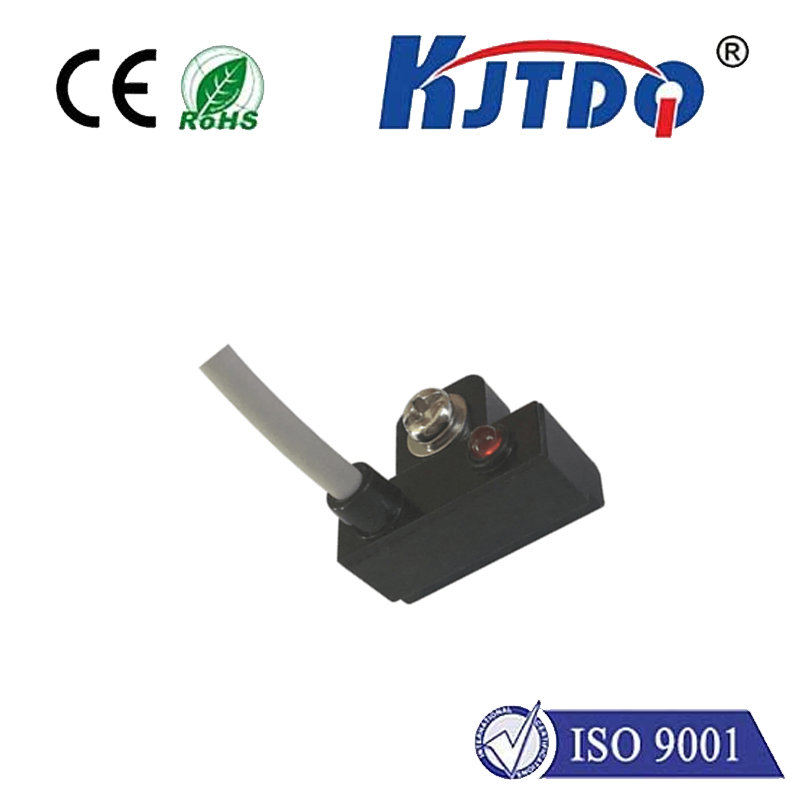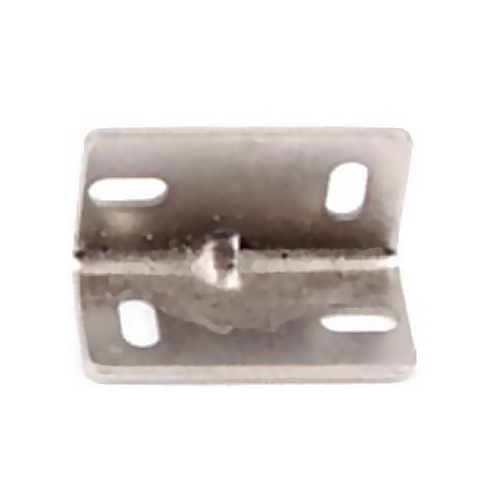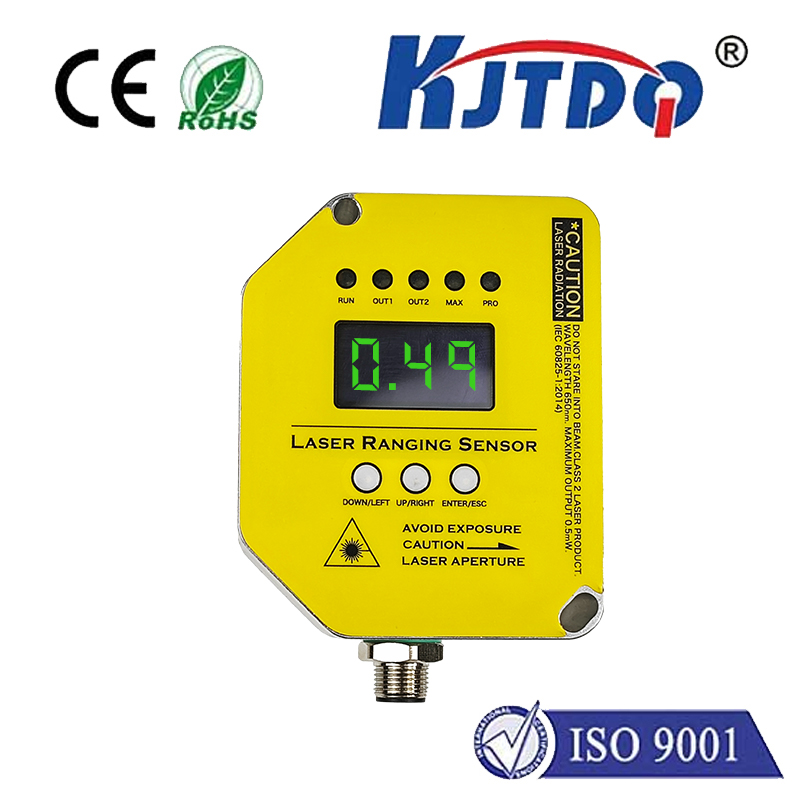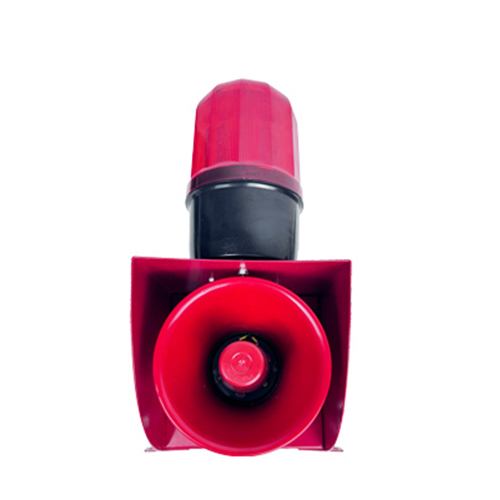Smart Parking: The Role of Rear Radar Type Parking Distance Sensors in Modern Vehicles
In today’s rapidly evolving automotive landscape, safety and efficiency are at the forefront of innovation. One of the most significant advancements in vehicle safety technology is the integration of rear radar type parking distance sensors. These sensors play a crucial role in ensuring that drivers maintain a safe and appropriate distance from other vehicles, especially when parking or maneuvering in tight spaces. Designed to work in conjunction with other safety systems, they contribute to a safer driving experience by providing real-time data and enhancing situational awareness.
Rear radar type parking distance sensors are typically mounted on the rear of a vehicle and utilize radar technology to detect obstacles and calculate the distance to them. Unlike traditional methods that rely on visual cues or ultrasonic sensors, radar sensors offer greater accuracy and reliability, even in low-light conditions or adverse weather. This makes them particularly useful in parking scenarios where visibility is limited, such as in crowded garages or urban environments.

The primary function of these sensors is to alert the driver when the vehicle is too close to another car or object. This early warning system helps prevent accidents by giving the driver a chance to adjust their position before a collision occurs. In addition, some advanced systems integrate with automatic emergency braking (AEB) or collision avoidance systems, further enhancing the safety of the vehicle and its occupants.
One of the key benefits of rear radar type sensors is their ability to work in real-time. Unlike static sensors, they continuously monitor the surroundings and provide instant feedback. This ensures that drivers are always aware of their proximity to other vehicles, even in complex parking situations. For example, when parking in a tight space, the sensor can detect a nearby car and alert the driver to slow down or change direction.
Another important aspect of these sensors is their reliability and durability. They are built to withstand the rigors of daily use, including exposure to dust, moisture, and temperature changes. This makes them a practical and long-lasting solution for modern vehicles, especially those that are frequently parked in varied environments.
In addition to their safety benefits, rear radar type sensors also contribute to fuel efficiency and reduced wear and tear on the vehicle. By maintaining a safe distance, they reduce the need for aggressive braking and sudden acceleration, which can help save fuel and extend the life of the vehicle’s components.
As automotive technology continues to advance, the role of rear radar type parking distance sensors is becoming even more essential. They are not just a convenience but a critical component of modern vehicle safety systems. Whether it’s for parking in a crowded garage or navigating through a busy street, these sensors provide the peace of mind that comes with a safer driving experience.
In conclusion, rear radar type parking distance sensors are a vital part of modern vehicle safety. Their ability to provide real-time distance monitoring, enhance driver awareness, and integrate with other safety systems makes them an indispensable feature in today’s vehicles. As technology continues to evolve, these sensors will remain at the forefront of automotive innovation, ensuring that drivers can park safely and confidently.
